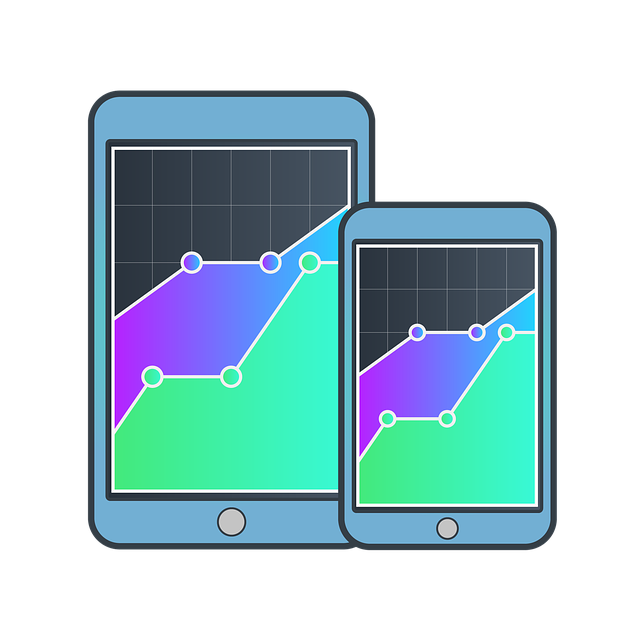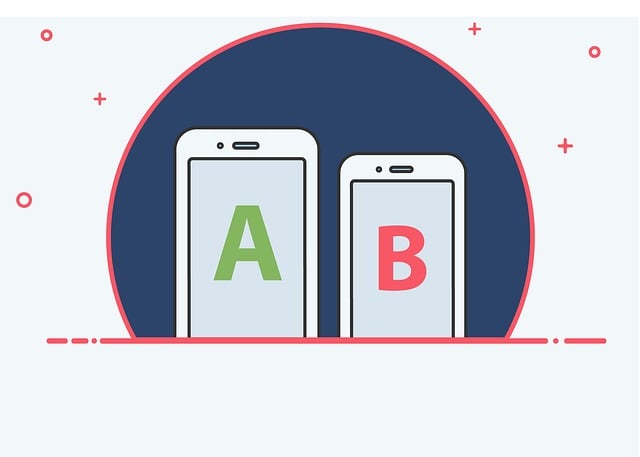Social media integration is crucial for businesses offering affordable web design services, aiming to enhance online presence and customer engagement. By embedding platforms like Facebook, Instagram, Twitter, and LinkedIn into websites, businesses drive traffic, boost brand awareness, and foster community interaction through user-generated content, easy access to reviews, and dynamic content sharing. This strategy improves conversion rates, SEO, and search engine rankings, enabling small businesses to compete effectively with versatile, customizable web design platforms. Selecting the right social media channels based on target audience insights and budget considerations maximizes engagement while a strategic content distribution plan, consistent branding, and effective use of hashtags create a cohesive, engaging online presence.
Social media integration has become a vital component of modern web design, transforming digital experiences and boosting user engagement. In today’s interconnected world, seamlessly integrating social media platforms into your website offers numerous advantages, from expanding reach to fostering community connections. This comprehensive guide explores the basics, benefits, and best practices for effective social media integration, with a focus on affordable solutions for small businesses seeking to enhance their online presence without breaking the bank.
Understanding Social Media Integration: The Basics

Social media integration is a powerful tool for businesses, offering a direct line of communication with customers and prospects. At its core, it involves seamlessly embedding social media platforms into your website or online presence, allowing users to interact with your brand through familiar channels like Facebook, Instagram, Twitter, or LinkedIn. This strategy has become essential in today’s digital landscape, where consumers actively seek out brands on social media for information, engagement, and support.
For businesses, especially those offering affordable web design services, integrating social media can drive website traffic, boost brand awareness, and foster a sense of community. It enables dynamic content sharing, easy access to customer reviews and feedback, and the potential to leverage user-generated content. By leveraging these platforms effectively, businesses can enhance their online presence, engage with their target audience, and ultimately improve conversion rates.
Benefits of Integrating Social Media in Web Design

Integrating social media into web design offers numerous advantages for businesses aiming to enhance their online presence and engage with audiences. One of the key benefits is increased accessibility and interaction; social media platforms provide a direct line of communication between brands and their customers, fostering a sense of community and loyalty. By seamlessly incorporating social feeds, share buttons, and comment sections into website layouts, web designers can create an immersive experience where users can easily connect, share content, and leave feedback.
Furthermore, social media integration contributes to improved search engine optimization (SEO) for affordable web design services. Search engines prioritize websites that are actively updated and engage with users through social signals. When a website encourages user-generated content, shares, and likes, it signals to search algorithms that the site is valuable and relevant, leading to better rankings. This strategic approach not only boosts online visibility but also attracts organic traffic, ensuring long-term success in today’s digital landscape.
Affordable Solutions for Small Businesses

Social media integration has become a powerful tool for small businesses, offering them an affordable way to boost their online presence and connect with customers. One of the most cost-effective strategies is through affordable web design, which enables businesses to create professional-looking websites without breaking the bank. Many web design platforms now offer customizable templates suitable for various industries, allowing entrepreneurs to build a strong digital footprint quickly and efficiently.
These platforms provide user-friendly interfaces, making it simple for small business owners to manage their online content. By integrating social media feeds directly into their websites, companies can showcase their latest updates, engage with visitors, and drive traffic across multiple channels. This seamless integration ensures that customers have a consistent brand experience, fostering trust and loyalty.
Enhancing User Engagement Through Social Features

In today’s digital era, social media integration has become a powerful tool for boosting user engagement on websites and online platforms. By incorporating social features like sharing buttons, comment sections, and user-generated content displays, affordable web design can significantly enhance user interaction. These elements encourage visitors to actively participate, share their experiences, and connect with the brand or content creators, fostering a sense of community and loyalty.
For instance, an e-commerce website could allow customers to post product reviews on social media platforms, attracting potential new users through authentic feedback. Similarly, a blog might include sharing options for articles, increasing visibility and driving traffic back to the site. Such strategies not only elevate user engagement but also contribute to improved search engine rankings due to increased online activity and backlinks, ultimately benefiting affordable web design services in their marketing efforts.
Choosing the Right Platforms for Your Target Audience

Selecting the ideal social media platforms is a strategic move that aligns with your target audience’s preferences and behaviors. Understanding where your potential customers are most active is key to effective social media integration. Different platforms cater to diverse audiences; for instance, Instagram and TikTok excel in visual content and short-form videos, making them perfect for engaging younger demographics. LinkedIn, on the other hand, is a professional network ideal for B2B marketing and industry connections.
When considering affordable web design options, many businesses opt for versatile platforms that offer customizable profiles and advertising tools. Facebook and Twitter provide extensive targeting capabilities and allow for cost-effective promotions. These platforms also offer analytics to track campaign performance, helping you refine your strategy. By choosing the right channels based on audience insights and budget considerations, you can maximize engagement and reach your target market efficiently.
Strategies for Effective Content Distribution and Analytics

To maximize the impact of social media integration, a well-thought-out content distribution strategy is paramount. Start by identifying your target audience across different platforms—Facebook, Instagram, Twitter, LinkedIn—and tailoring content to resonate with each demographic. Affordable web design services can create visually appealing graphics and easily shareable infographics that capture attention and drive engagement. Utilize scheduling tools to post consistently without overwhelming followers; this ensures a steady stream of valuable content.
Analytics are your compass in navigating social media success. Track key metrics like reach, engagement rates, click-throughs, and conversions using platform-specific insights and third-party tools. Analyze which types of content perform best, whether it’s short videos, interactive polls, or blog links shared as tweets. By understanding what resonates with your audience, you can refine future content strategies, ensuring that every post moves your business forward in meaningful ways.
Best Practices for a Seamless Social Media Experience

To ensure a seamless social media experience, several best practices should be implemented. First and foremost, maintain consistency in branding across all platforms. Use similar colors, logos, and tone of voice to create a unified presence. Regularly update content, keeping posts fresh and engaging to encourage user interaction. Utilize visuals like images and videos to capture attention and enhance comprehension.
Additionally, optimize profiles for discoverability by completing all necessary fields accurately and using relevant keywords in bios and posts. Leverage hashtags effectively to increase reach and target the right audience. Lastly, integrate social media with your affordable web design, ensuring a user-friendly interface that encourages visitors to engage and share content seamlessly.
